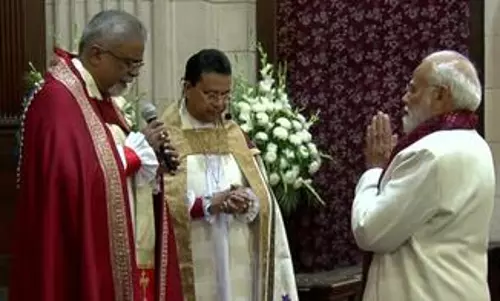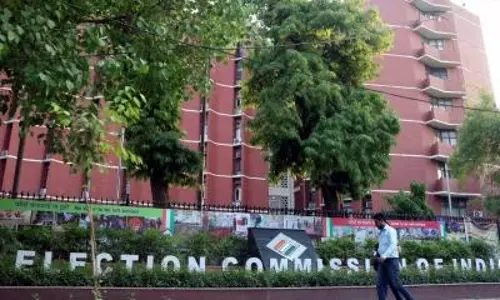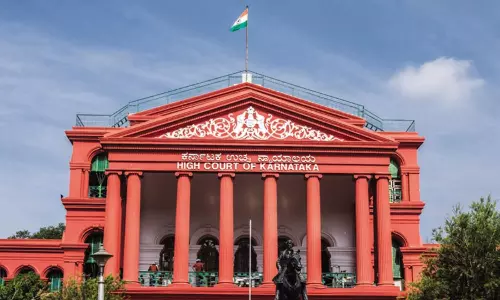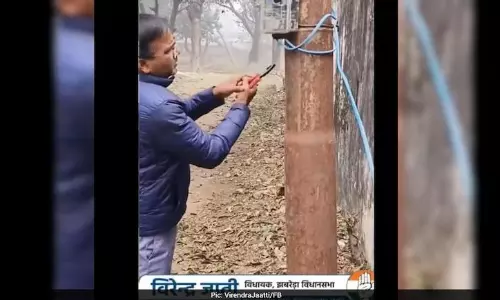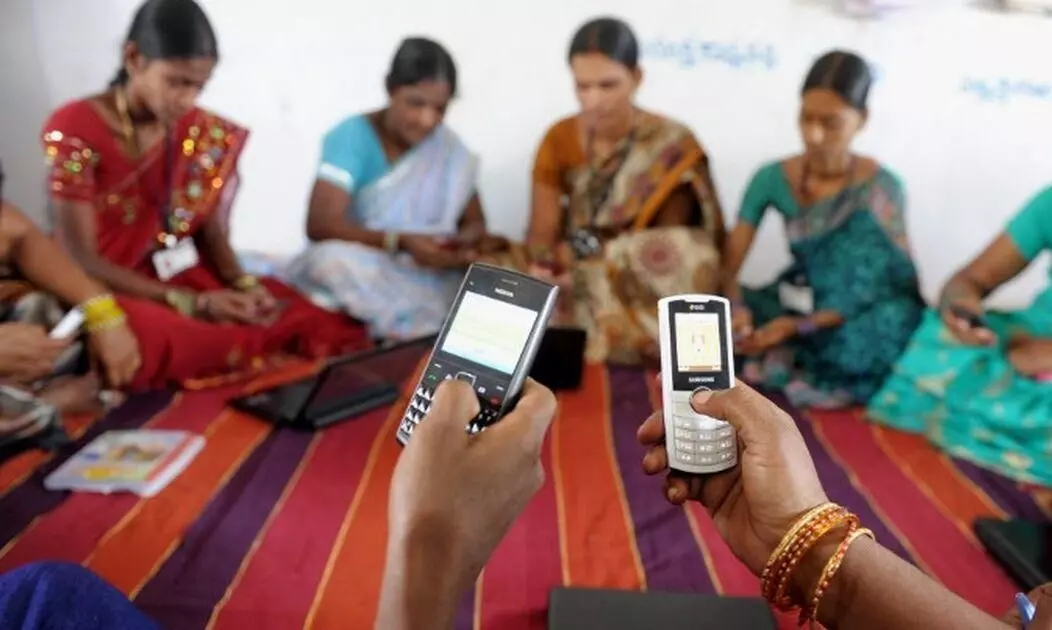
Only one-third of Indian internet users are women: study
text_fieldsNew Delhi: A fresh study released on Sunday inferred that women only constitute one-third of the total Internet users in India. The study suggests that Indian women are 15 per cent less likely to own a mobile phone and 33 per cent less likely to use mobile Internet services than men, The Indian Express reported.
The study, titled 'India Inequality Report 2022: Digital Divide' and conducted by the NGO Oxfam India, further said that India performed the worst in the Asia-Pacific region with the widest gender gap of 40.4 per cent.
The report also speaks about the rural-urban digital divide saying that India had made a significant growth rate of 13 per cent in a year, only 31 per cent of the rural population has access to the Internet, while it is 67 per cent of the urban population.
The report analysed data from the Centre for Monitoring Indian Economy's (CMIE) household survey held during the time range of Jan 2018 to Dec 2021.
While Maharashtra showed the highest number of users, Goa and Kerala followed, and Bihar finished last.
The National Sample Survey (2017-18) suggested that only around 9 per cent of students who were enrolled in any course had access to a computer with the Internet. Twenty-five per cent of enrolled students have access through some kind of device, the report said.
The study later stated that the digital mode of monetary transactions, driven by the pandemic, resulted in 48.6 billion real-time digital transactions in 2021. But the chances that a digital payment by the richest 60 per cent is four times more than the poorest 40 per cent in the country.
The study report continued that the tendency to use formal financial services is lowest for ST households in rural India. ST is followed by the SC community and OBCs.
The report said that as per the UN's e-participation index (2022), India ranks 105 out of 193 nations. The e-participation index is a composite measure of three dimensions of e-government, which are the provision of online services, telecommunication connectivity and human capacity.
Among communities, access to a computer is more for the General and OBC classes. The between the General and ST classes remains as high as seven to eight per cent from 2018 to 2021.
The report inferred that Sikhs among religion had the highest likelihood of having a computer, and Christians and Hindus followed while Muslims in the end.




